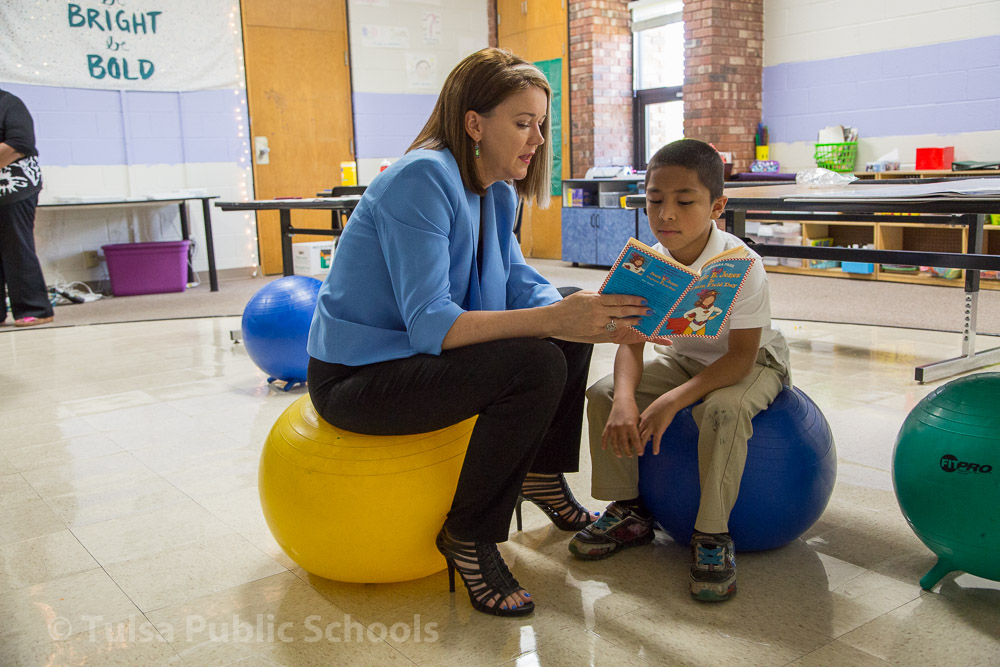By Deborah Gist | Superintendent, Tulsa Public Schools
I became a first-grade teacher in Texas in 1988 and within my first week in the classroom, I began receiving mailings from my teachers’ association about efforts to secure additional funding for our classrooms. That began a 28- year conversation about school funding with a constant mantra — more.
Often, this refrain results from a genuine lack of investment in education. However, after working in education in five states, I have experienced that this call occurs regardless of the funding invested. From states I lived in, spending several hundred dollars more per student than Oklahoma, to those spending twice as much, state elected officials heard that the public investment in education was not enough.
Most recently, I served as chief state school officer in the District of Columbia and Rhode Island — both top spending states.
Having adequate resources matters and those systems certainly needed them. However, I saw many opportunities for efficiencies and for smarter use of resources in order to get more for what the taxpayers in those communities were investing.
Over those years I came to deeply appreciate that money alone is not the answer. Schools need adequate funding along with flexibility from their state and district to make the best decisions for children. Then we must use those dollars wisely and efficiently.
The story in Oklahoma is very different. When I received the opportunity to return home to Tulsa as superintendent, I knew that the low investment in public education would be challenging.
I watched from afar as Oklahoma, which already had one of the lowest per-pupil amounts in the country, cut funding to its schools.
Even with that knowledge, I boldly declared in interviews for my position that I would not advocate that the state invest more in education until I was sure that we were maximizing every cent. I believed that I knew what to expect given the budget and teacher shortage data that I had carefully studied.
Yet, the implications of such a lean budget and such a serious teacher shortage cannot fully be appreciated until one experiences them up close.
At that moment, I had not spent time with our teachers and support staff struggling to pay their bills. I had not yet experienced the damage that our significant teacher shortage has on our principals’ ability to build a team.
I had not been in classrooms with so many children that the room barely held them. I had not yet seen the need for our district to better support our schools.
So, I committed to my board that I would ensure we were efficient before seeking more state funding. In that spirit, we launched into a deep review of our budgets including comparisons of our expenditures to those from similar districts around the country.
Our plan was to redirect those dollars into better serving our students in classrooms and to support their teachers. Instead, those dollars are now going to fill reductions to our budget leaving our teachers inadequately paid and our students insufficiently supported. Meanwhile, we have a looming state deficit for the upcoming school year.
Our state leaders have the unenviable task of managing that billion dollar state budget shortfall. I appreciate their service, and I ask that they continue to find every possible way to protect education — the public service that affects all others. Currently, we are among the states that contribute the least to education.
We may never grow to become one of the highest, but with additional support we certainly could become the state that gets the greatest return for an adequate investment. Together, Oklahomans must find a way to provide more for our students. Doing so is the one investment that will grow our economy and enhance the quality of life for all.
